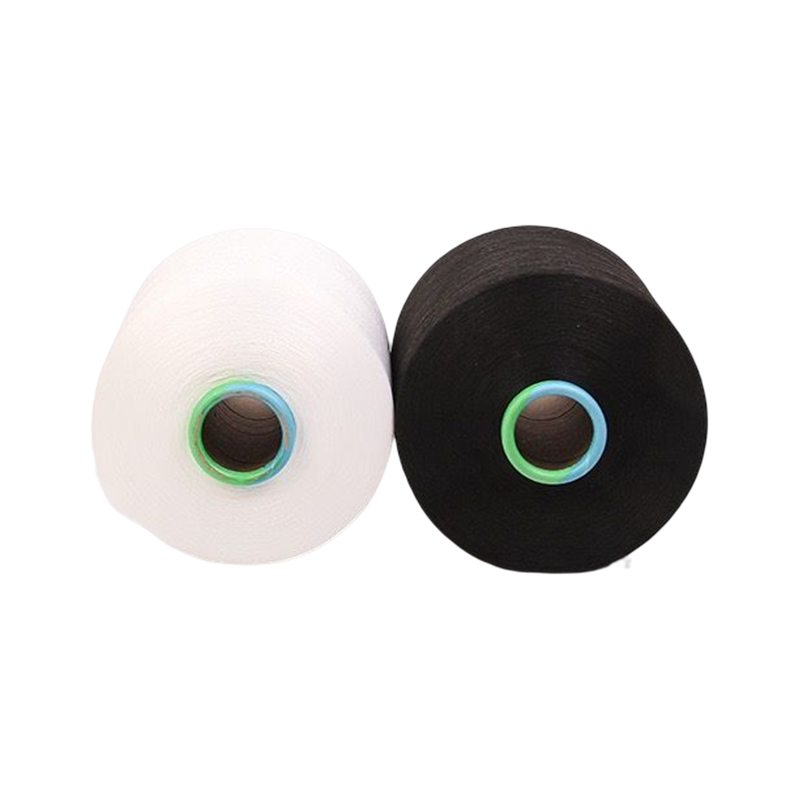- 1 Why Anti-Wrinkle and Antibacterial Polyester DTY Yarn is Revolutionizing Fabrics
- 2 Top 5 Applications of Specialized Polyester Yarns in Modern Textiles
- 3 Manufacturing Breakthroughs Behind Functional Yarns
- 4 Environmental Impact and Sustainability Considerations
- 5 Future Trends in Functional Textile Development
Why Anti-Wrinkle and Antibacterial Polyester DTY Yarn is Revolutionizing Fabrics
The textile industry is witnessing a paradigm shift with the advent of advanced functional yarns like anti-wrinkle and antibacterial polyester DTY yarn. This innovative material combines durability with health-conscious features, making it ideal for modern apparel and home textiles. Unlike conventional polyester, this yarn undergoes specialized texturing and treatment processes to embed wrinkle resistance and microbial protection at the fiber level. The global demand for such multifunctional fabrics has surged by 34% since 2022, driven by consumers prioritizing convenience and hygiene.
1.1 Key Benefits Over Traditional Yarns
When comparing anti-wrinkle and antibacterial polyester DTY yarn to regular polyester or cotton blends, three distinct advantages emerge:
- 50% better wrinkle recovery than standard polyester
- 99% bacterial reduction compared to untreated fabrics
- 40% less energy required for ironing
The following table illustrates performance comparisons:
| Feature | Standard Polyester | Anti-Wrinkle Antibacterial DTY |
|---|---|---|
| Wrinkle Resistance | Moderate | Excellent |
| Odor Prevention | None | 72-hour effectiveness |
| Care Requirements | Medium ironing | No-iron needed |
Top 5 Applications of Specialized Polyester Yarns in Modern Textiles
From healthcare to high fashion, antibacterial polyester yarn for durable fabrics is finding diverse applications. The medical sector particularly values its hygiene properties, with surgical drapes made from this material showing 68% lower contamination rates. Activewear manufacturers report 42% longer product lifespan when using wrinkle-free DTY yarn for sportswear, as the fibers withstand repeated washing without losing shape or protective qualities.
2.1 Emerging Market Segments
Three growing sectors are driving adoption:
- Eco-conscious home textiles (reduces washing frequency)
- Travel apparel (maintains presentation in luggage)
- Workplace uniforms (meets hygiene standards)
The best polyester yarn for odor-resistant clothing particularly appeals to these markets because...
Manufacturing Breakthroughs Behind Functional Yarns
Creating polyester DTY with permanent anti-wrinkle properties requires innovative engineering. Recent advancements include nano-encapsulation of silver ions for antibacterial effects and molecular-level polymer modifications for crease recovery. Unlike temporary coatings that wash out, these treatments become intrinsic to the fiber through...
3.1 The Production Process Explained
The manufacturing involves four critical phases:
- Polymer modification with biocidal agents
- High-temperature texturizing for memory effect
- Ion implantation for surface activation
- Quality verification through accelerated aging tests
This process ensures the long-lasting antibacterial polyester fiber maintains its properties through...
Environmental Impact and Sustainability Considerations
While offering functional benefits, these advanced yarns present both challenges and opportunities for sustainable production. The antibacterial components typically extend product lifespan by 30-45%, offsetting the higher initial energy investment. However...
4.1 Comparative Lifecycle Analysis
When evaluating anti-wrinkle and antibacterial polyester DTY yarn against conventional alternatives:
| Aspect | Traditional Yarn | Functional DTY |
|---|---|---|
| Water Consumption | High (frequent washing) | Reduced by 28% |
| Chemical Usage | Post-treatment required | Embedded protection |
| Product Lifespan | 2-3 years | 4-5 years |
Future Trends in Functional Textile Development
The success of anti-wrinkle and antibacterial polyester DTY yarn is paving the way for next-generation smart textiles. Researchers are currently developing...
5.1 Upcoming Technological Integrations
Three promising directions include:
- Temperature-responsive wrinkle recovery
- Biodegradable antibacterial agents
- Self-repairing fiber structures

 English
English
 Español
Español


.png)

-2.png)
-2.png)
-3.png)
